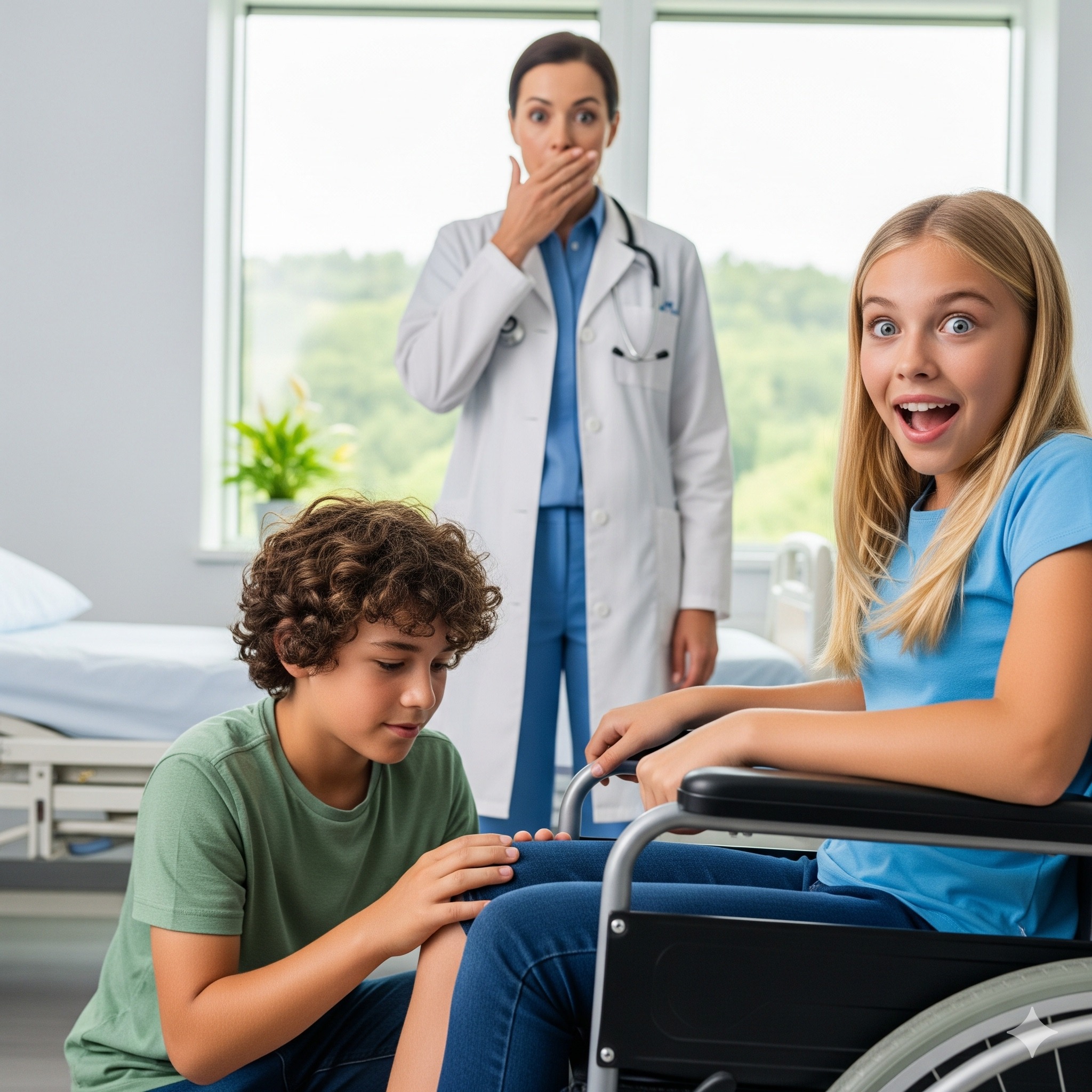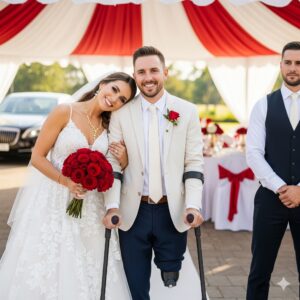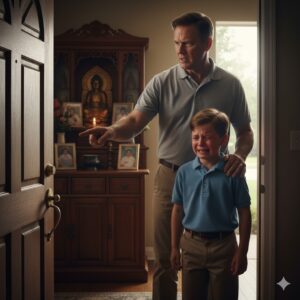
In Mexico City’s San Ángel Hospital, Dr. Eduardo Hernández spent years watching his daughter, Valeria, confined to a wheelchair. At just two years old, she had never taken a step—until a 4-year-old homeless boy named Mateo appeared.
“Doctor, I can help her walk,” Mateo said, his worn clothes and tired eyes hiding a strange confidence. Curious, Eduardo allowed him five minutes. As Mateo sang softly and massaged Valeria’s legs—a technique he said his late mother, a nurse, had taught him—something incredible happened: Valeria’s toes moved.
Soon, Valeria began reacting, smiling, and eventually taking her first steps—right into her father’s arms. Doctors were astonished. What specialists couldn’t achieve in years, a homeless child did through love, music, and instinct.
Dr. Hernández took Mateo in, discovering the boy had learned advanced neurostimulation methods from his mother. Together, they transformed Valeria’s life, proving that compassion and intuition can heal where science fails.
“Sometimes,” Eduardo said, “miracles come from the least expected hands.”


